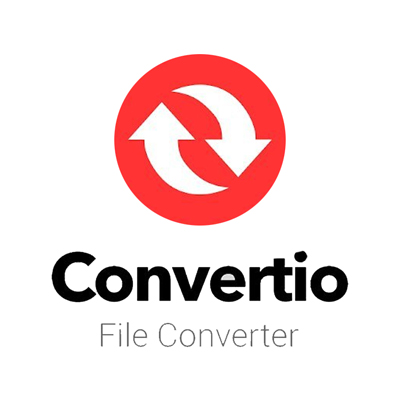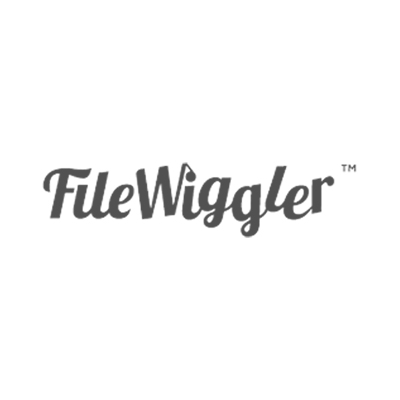The CRW file format is a proprietary type of image file used primarily by Canon digital cameras. It represents the raw image data captured by the sensors of Canon cameras before any processing, offering photographers greater flexibility and control over the final image output. The CRW format was introduced alongside the first DSLR cameras in the late 1990s, embodying a significant leap in digital photography by preserving maximum image information.
Understanding CRW File Structure
CRW files contain unprocessed pixel information, which provides a higher dynamic range and color depth compared to standard JPEG or TIFF formats. This raw data format enables users to make a wider range of adjustments during post-processing, such as exposure compensation, white balance, and color tweaking without loss of quality.
Software Compatibility
Being a proprietary format, CRW files originally required special software for viewing and editing. Canon provides its own software, like Digital Photo Professional, to work with CRW files. However, third-party applications like Adobe Photoshop, Lightroom, and Capture One also support CRW files, often requiring an additional plugin or update to handle the format properly.
Alternatives to CRW
As technology evolved, Canon introduced a new raw file format, CR2, which brought improvements in image quality and file compatibility. Other camera manufacturers have their own raw file formats, such as Nikon's NEF or Sony's ARW files. Additionally, there is a push towards a universal raw format with the introduction of the Digital Negative (DNG) by Adobe, aimed at standardizing the way raw files are handled across different platforms and cameras.
The Takeaway
The CRW file format remains a pivotal development in digital photography, enabling the preservation of high-quality image data straight from the camera sensor. While newer formats have emerged, CRW stands as a milestone in the digital imaging field, reflective of the burgeoning era of digital cameras. Compatibility with a range of software solutions and the ability to maintain maximal image integrity make the CRW format a valuable tool for photographers seeking utmost control over their digital negatives.








